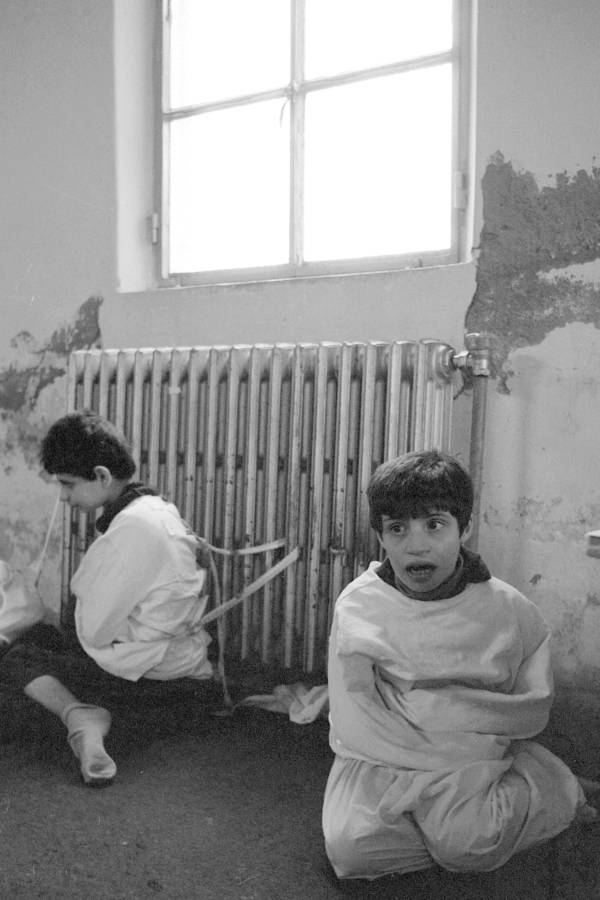 |
| Lugosi as Dracula 1927 (4) |
Lugosi's First Appearance as Dracula
The Count that would become the icon of vampire culture actually did not make his first appearance in the film Dracula (1931). Lugosi was first in a Broadway play (which would eventually be adapted to the famous film) and he, of course, had the role of Count Dracula. The Bela Lugosi website states that Lugosi did the makeup, created the costume and added the accent for Dracula in this play (3). Once Universal Studios decided they wanted to make a movie, they originally did not consider Lugosi to play Dracula. The actor originally assigned the role was John Wray (6). In the book titled The Immortal Count, Arthur Lennig shares this telegram written by Lugosi pleading that he be cast as Dracula, "Spent many months to promote Dracula. Spent many cables with London to bring down price. Will you please express opinion to Universal for me being the logical choice to be cast for Dracula? Your kindness will be greatly appreciated" (6). His hard work (and persuasive telegrams) paid off and he was given the role that would go down in history.
 |
| Poster for film 1931 (1) |
The release of Dracula in 1931 can arguably be labeled as the first true horror movie. As John Oliver, a curatorial archivist, states in his article, people in the 30s were not used to seeing the supernatural in this way (7). He says they were used to films where the unnatural could be "explained away" and "the phantom monster was always just a man"(7). For the first time, they were presented with a creature that was truly supernatural. Lugosi's performance in the film stupefied viewers even to the point of fainting in the theater. Although the film was scary, people continued to show up at the box office and the movie became Universal's biggest hit that year (8). They were probably patting themselves on the back with the decision to give Lugosi the part.
Lugosi's Life After the Film
While Bela Lugosi's role as Dracula was remarkable, it also came with some negative aspects. Because of how renowned Lugosi became as Dracula, many in the film industry only saw him as a dark, undead monster. This label made it challenging for Lugosi to branch out to other roles. In Lennig's book, The Immortal Count, he talks about Lugosi's performance in the film Broadminded. He says that Lugosi played the part well but many still threw the Dracula label on him. Lennig shares a critique
from Variety that states he "retain[ed] Dracula mannerism" which really was not true. His other successes, apart from Dracula, were usually other scary films. For example, he worked with Frankenstein's star Boris Karloff on the film The Ghost of Frankenstein, as well as a few others (5). Other than that though, Lugosi did not have much luck in the acting industry after Dracula and soon Lugosi was only playing in low-budget, minor films until his death in 1956 (5)
The Impact on the "Universal Dracula"
After the release of Dracula (1931), there were many other memorable films that shared characteristics of Lugosi's. There was Dracula (1979) with Frank Langella, and Christopher Lee's slightly spookier characterization in Dracula (1958). There are significantly more than these two but each one typically shared something with Lugosi's version.
 |
| Song by bahaus 1979 (2) |
The immortal character still shows up every Halloween too. Whether he be an inflatable decoration in someones yard to scare the trick-or-treaters or be the trick-or-treaters themselves, the slicked back hair, pale skin, and fancy tux are usually part of the package.
Bela Lugosi's unforgettable performance as Count Dracula not only opened the gateway for horror films to come, (much like the book by Bram Stoker did for Literature), it also worked in bringing an immortal face to the beloved character. Lugosi's Dracula continues to be the face of vampires even into the 21st century.
Works Cited
(1) "A Night Mare of Horror". filmsite.org, http://www.filmsite.org/drac2.html.
(2) "Bela Lugosi's Dead". wikiepedia.org, https://en.wikipedia.org/wiki/Bela_Lugosi%27s_Dead.
(3) Bela Lugosi Facts.” Bela Lugosi, belalugosi.com/facts/.
(4) "Dracula". wordpress.com. https://beladraculalugosi.wordpress.com/1927-1928-dracula/.
(5) Kovari, Orsolya. “Mr Dracula - On Béla Lugosi.” Mr Dracula - On Béla Lugosi - Hungarian Review, May 2013, www.hungarianreview.com/print/mr_dracula_on_bela_lugosi.
(6) Lennig, Arthur. "Fame", "Dracula--The Flim". The Immortal Count: The Life and Films of Bela Lugosi, 2003, p75-181, Humanities Source.
(7) Oliver, John. “Why I Love... Bela Lugosi's Dracula.” British Film Institute, Oct. 2016, www.bfi.org.uk/news-opinion/news-bfi/features/why-i-love-bela-lugosis-dracula.
(8) Vieira, Mark A. (2003). Hollywood Horror: From Gothic to Cosmic. New York: Harry N. Abrams, Inc. p. 35.






 Houston Texas. Gregory Boyd was the mastermind behind this famous creation as he was in charge of the scenic and costume designs. People and actors in this production were amazed by his design.
Houston Texas. Gregory Boyd was the mastermind behind this famous creation as he was in charge of the scenic and costume designs. People and actors in this production were amazed by his design.




















